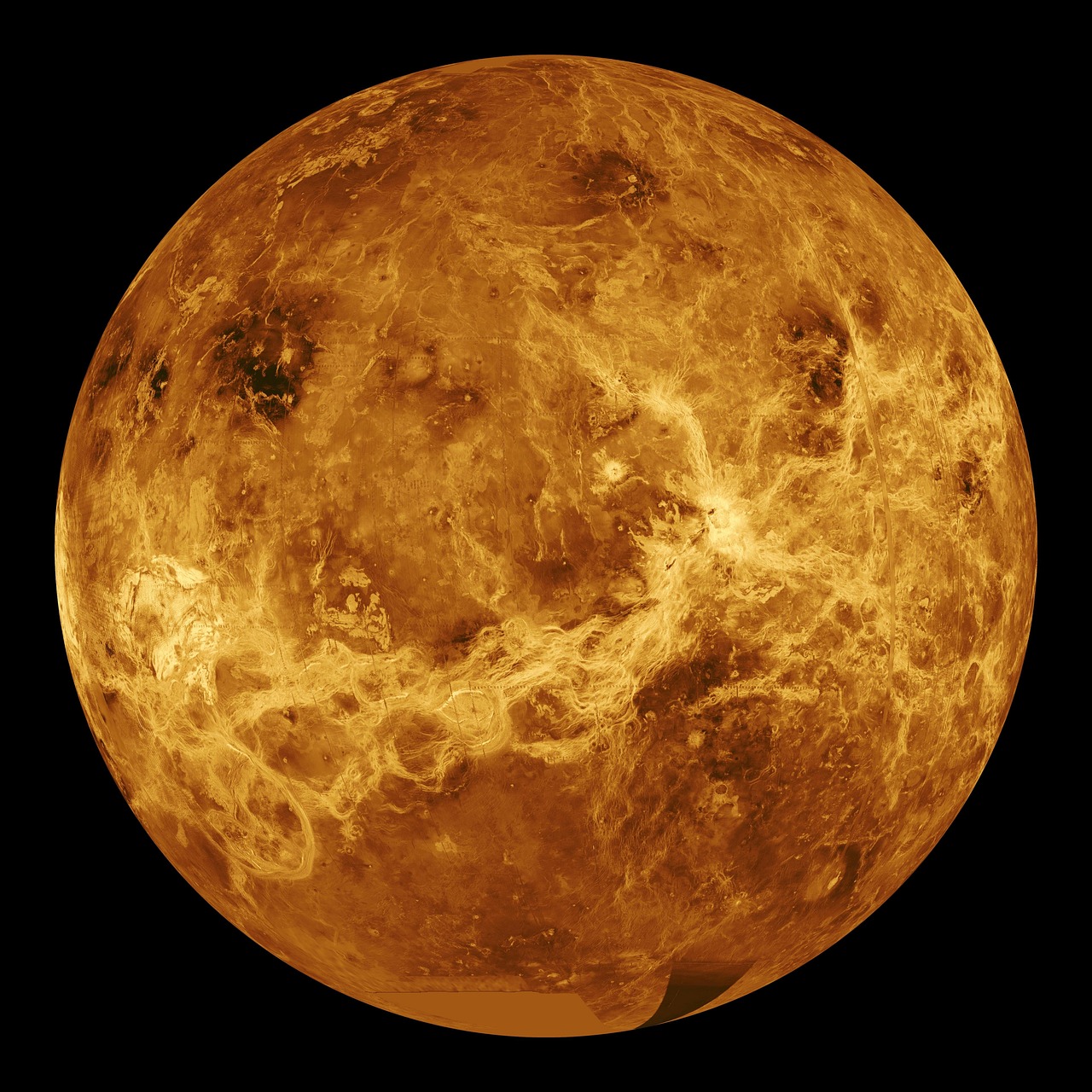
Venus
New Delhi: After reaching the Moon and Mars, India eyes conquering Venus in 2028! The Union Cabinet approved the mission today.
India also plans to launch a new mission to the Moon by 2040, named Chandrayaan-4, to develop and demonstrate the technologies to come back to Earth. It plans the building of the first unit of the Bharatiya Anatriksh Station (BAS-1) by extending the scope of the Gaganyaan programme and the Space Station for microgravity-based scientific research and technology development activities will be established with the launch of the first module of BAS-1 in 2028.
The Gaganyaan Programme, approved in December 2018, envisages undertaking human spaceflight to Low Earth Orbit (LEO) and laying the foundation of technologies needed for an Indian human space exploration programme in the long run. The vision for space envisages including other things, the creation of an operational Bharatiya Antariksh Station by 2035 and Indian Crewed Lunar Mission by 2040.
The human spaceflight programme of technology development and demonstration is through eight missions which will be completed by December 2028 by launching the first unit of BAS-1. With a net additional funding of ₹11170 Crore in the already approved programme, the total funding for the Gaganyaan Programme with the revised scope has been enhanced to ₹20193 Crore.
India will also develop the Next Generation Launch Vehicle (NGLV), which will be a significant step towards establishing and operating the Bharatiya Antariksh Station and towards developing capability for Indian Crewed Landing on the Moon by 2040. NGLV will have 3 times the present payload capability with 1.5 times the cost compared to LVM3, and will also have reusability resulting in low-cost access to space and modular green propulsion systems. The development of NGLV will enable national and commercial missions including the launch of human spaceflight missions to Bharatiya Antariksh Station, Lunar/inter-planetary exploration missions along with communication & earth observation satellite constellations to Low Earth Orbit that will benefit the entire space ecosystem in the country.
The Union Cabinet today also gave a nod to the development of the Venus Orbiter Mission (VOM), to explore and study Venus, beyond the moon and Mars. Venus, the closest planet to Earth and believed to have formed in conditions similar to Earth, offers a unique opportunity to understand how planetary environments can evolve very differently.
The ‘Venus Orbiter Mission’ to be accomplished by the Department of Space is envisaged to orbit a scientific spacecraft in the orbit of planet Venus for a better understanding of the Venusian surface and subsurface, atmospheric processes and influence of the Sun on the Venusian atmosphere. The study of the underlying causes of the transformation of Venus, which is believed to be once habitable and quite similar to Earth would be an invaluable aid in understanding the evolution of the sister planets, both Venus and Earth.
The Indian Space Research Organisation (ISRO) will be responsible for the development of the spacecraft and its launch. The project will be effectively managed and monitored through the established practices prevailing at ISRO. The data generated from the mission would be disseminated to the scientific community through existing mechanisms.
The mission is expected to be accomplished on the opportunity available during March 2028. The Indian Venus mission is expected to answer some of the outstanding scientific questions resulting in various scientific outcomes. The realization of the spacecraft and launch vehicle is through various industries and it is envisaged that there would be large employment potential and technology spin-off to other sectors of the economy.
The total fund approved for the Venus Orbiter Mission” (VOM), is Rs.1236 crore out of which Rs 824.00 crore will be spent on the spacecraft. The cost includes the development and realization of the spacecraft including its specific payloads and technology elements, global ground station support cost for navigation and network as well as the cost of the launch vehicle.
The mission would enable India for future planetary missions with larger payloads, and optimal orbit insertion approaches. There would be a significant involvement of Indian Industry during the development of the spacecraft and launch vehicle. The involvement of various academic institutions and training to students in a pre-launch phase includes design, development, testing, test data reduction, calibration is also envisaged. The mission through its unique instruments offers the Indian Science community new and valuable science data thereby providing emerging and novel opportunities
– global bihari bureau
Image by WikiImages from Pixabay





